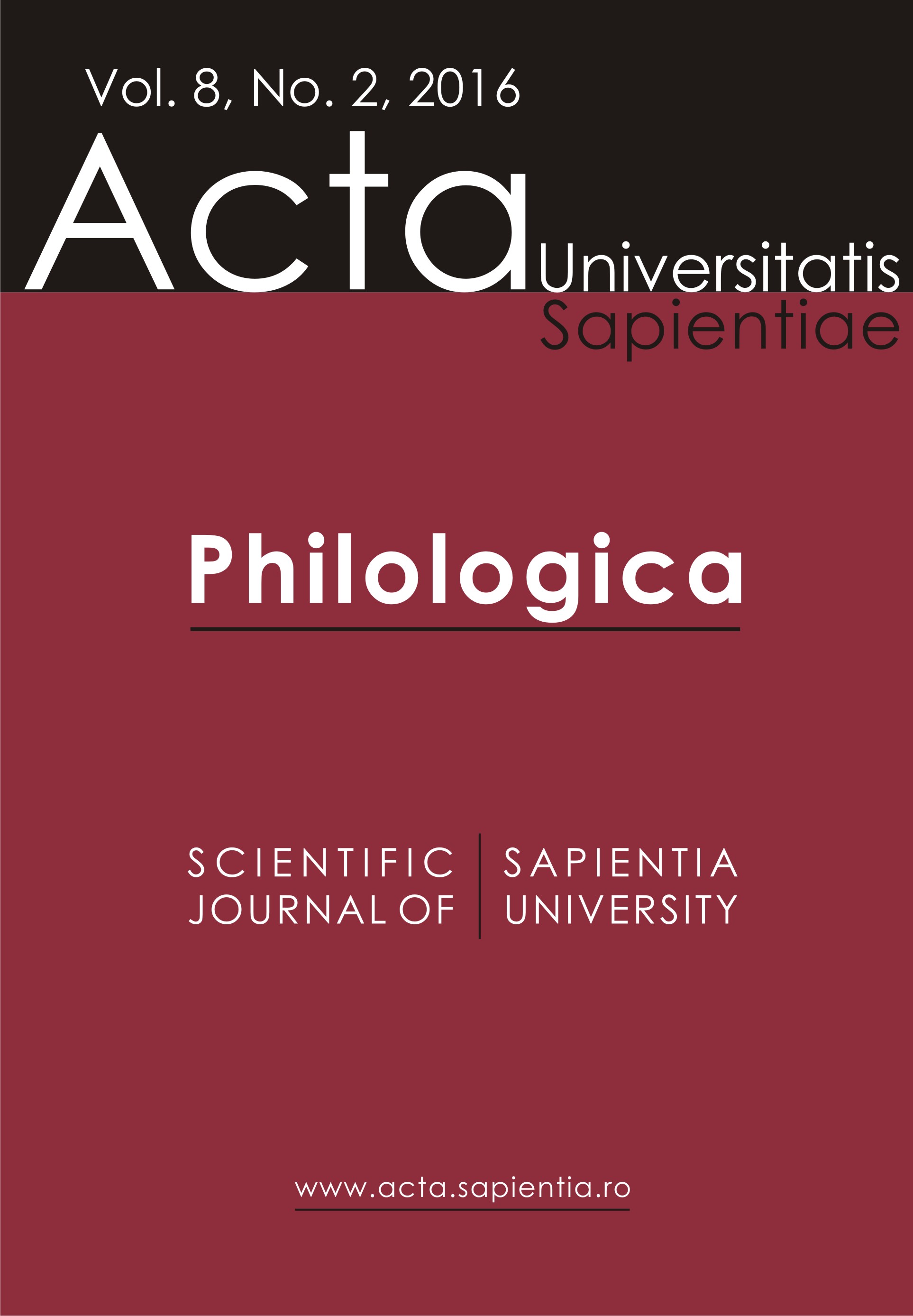Organized Chaos: Cohesive Devices in Benjy’s Sections of William Faulkner’s The Sound and the Fury
Organized Chaos: Cohesive Devices in Benjy’s Sections of William Faulkner’s The Sound and the Fury
Author(s): Aliz FarkasSubject(s): Language and Literature Studies, Literary Texts, Fiction, Studies of Literature, Theory of Literature
Published by: Scientia Kiadó
Keywords: William Faulkner; Benjy; text linguistics; cohesive devices
Summary/Abstract: As the history of criticism on The Sound and the Fury proves it, Benjy’s section is probably the most controversial part of the novel. Some literary critics and writers celebrated it as an excellent piece of literary art, the peak of writerly performance, while others felt confused and irritated over the trials it posed to the reader.Although critical voices that reproach the writer for the incoherence of Benjy’s narrative may be justified at first sight, a closer inspection reveals that it is much less incoherent than it appears. In my paper, I will argue that there are several ways in which the author helps the reader to construct a more or less coherent story line out of the fragmented events that happened in the course of about thirty years. Secondly, I want to demonstrate that functional-semantic approaches to text analysis, such as Systemic Functional Grammar or Text Linguistics, can be effectively employed in analysing and interpreting literary texts. Finally, I try to find a psychological explanation of how Benjy’s incoherence is made readable by the interworking between the coherence-seeking dispositions of the reader and the ingenious cohesive devices used by the writer.
Journal: Acta Universitatis Sapientiae, Philologica
- Issue Year: 8/2016
- Issue No: 2
- Page Range: 167-176
- Page Count: 10
- Language: English

